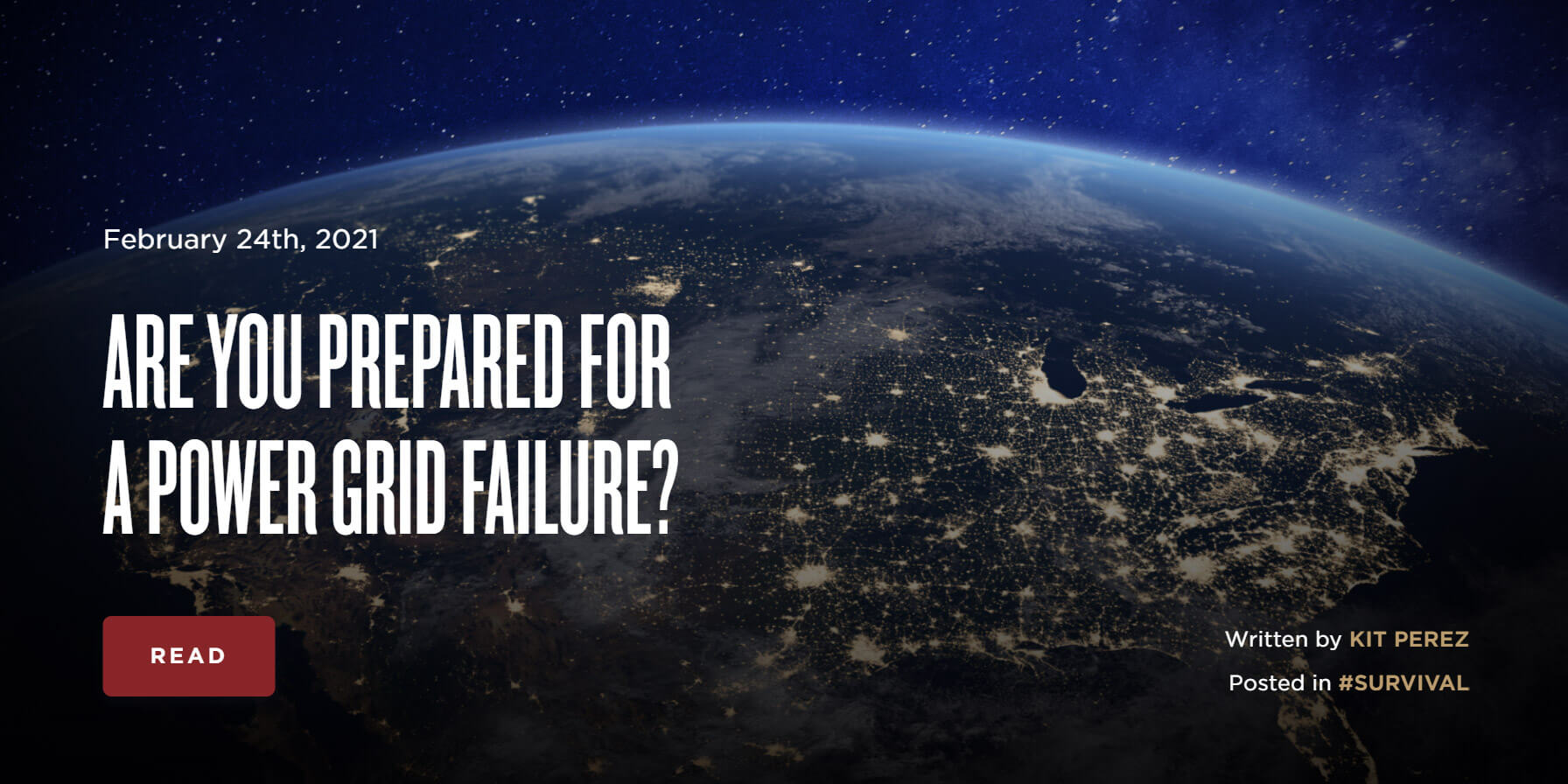Hello all, here is today's article posted on TheArmoryLife.com. It is titled Are You Prepared for a Power Grid Failure? and can be found at https://www.thearmorylife.com/can-you-survive-a-power-grid-failure/.



Most southern heating systems don't crank heat like northern ones do either. Heat pumps help though.I was fine for water, foodand shelter.
The southern build style of homes was not prepared for the weather and repairs are expensive .
Learned my lesson on things you dont take into consideration.
Exactly. Heat pumps don't work up north too well, weather gets too cold. Can't keep up.But beware, heat pumps lose much efficiency at and below 40F. At and below 30F they are almost worthless as far as heating goes. That's the reason there is almost always some auxiliary heat source installed with heat pumps ..... typically electric heat strips.
So the reality is this .... out in Texas over that extra cold week, any heat pumps were virtually worthless even if they had had electricity. Reverse cycle heating/cooling (heat pump) systems can be a real money saver when everything goes as planned and designed. And they're usually much more efficient when installed in original construction. When it's a retrofit in older construction it's always less efficient under any circumstance, sometimes far less efficient.
